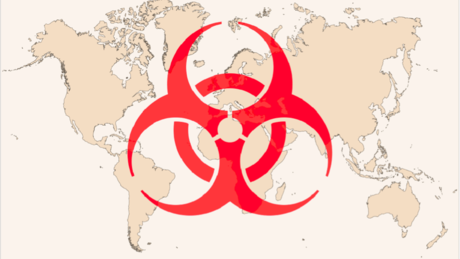Over the past 24 hours, I have seen approximately five million references to the following news story:
Anglo-Saxon Cow Bile and Garlic Potion Kills MRSA
Anglo-Saxon Cow Bile and Garlic Potion Kills MRSA
Ancient medicine cures all!! We're saved from MRSA! This seems very exciting! Something that kills the indestructible 'superbug' MRSA, or methicillin-resistant Staphylococcus aureus, is desperately needed from setting medicine back 100 years. Now we have the answer! Er...maybe not.
Here's the thing - this finding does not surprise me in the least. Garlic, onions, and most certainly bile have all been shown to inhibit bacterial growth in a laboratory. I do not find this report particularly astounding at all. For topical use on wound infections, it could be a helpful solution. However, topical infections do not usually kill people. Septic, visceral, lung, and central nervous system infections do. In those cases those pesky factors like toxicity (is it poisonous?) and pharmacology (is it digested? Is it absorbed into the bloodstream? Can it cross the blood-brain barrier?) become important. In deference to those obnoxious and weedy details, I present the following (non-exhaustive) list of things that will kill MRSA:
- Hydrochloric Acid
- Arsenic
- Ionizing Radiation
- Bleach
- Fire
- 200 proof (100%) ethanol, isopropanol, or methanol
- Cyanide
- Volcanoes
- Chlorhexidine
- Iodine
- Sulfuric Acid
- Glass beads
- Honey
- Sodium hydroxide
- Formaldehyde
- Neosporin (really!)
- Autoclaving
- French press
- Freezing it at -80 celsius and then rapidly thawing it at 60 celsius a few consecutive times
- Nail polish remover
My point here is to take this very cool and fun story with a grain (boulder, whatever) of salt. Something that kills bacteria does not necessarily make a great clinical antibiotic. In any event, prescribing "fire" for patients seems like there would be a lot of forms involved.












